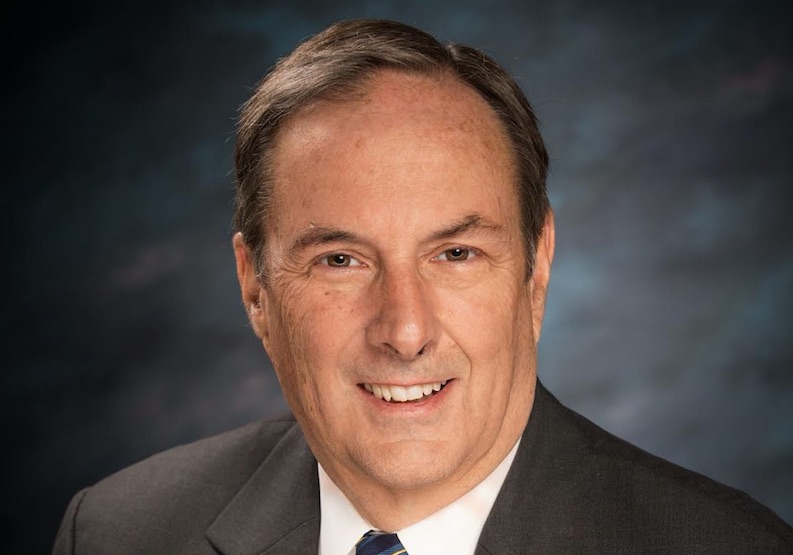BUT WILL A FORMAL COMPLAINT BE LODGED?
The Sand Lake Community Council has lodged a written complaint against the chairman of the Anchorage Assembly over a social media post in which Assembly Chairman Felix Rivera posted a job opportunity to the Facebook page of the Alaska Young Democrats, and asked the group to not share it outside the group.
In the posting, Rivera said, “ANCHORAGE JOB OPPORTUNITY — please don’t share publicly. The Anchorage Assembly will be hiring 6 full time (40 hour) aides from mid-September to December 30 to assist us with our COVID-19 response. Duties will be varied, including constituent outreach, policy research, to policy development and more. All focused on COVID-19. It will be contract job (so pa attention to this for tax purposes) and will be a $11,200 contract for these approximately 3.5 months. Please message me if your (sic) interested or know others who might be interested. I’m trying to get these positions filled ASAP. Thanks all!”
Must Read Alaska was alerted by several readers about the posting, which was making the rounds on social media today. And the Sand Lake Community Council sprang into action:
“By law, all elected positions to the Municipality are nonpartisan positions; how is it legal (or ethical) to solicit applicants for Assembly Aide positions from a limited and certain subset of Alaskans?! Why did Chairman Rivera only solicit applicants from the Alaskan Young Democrats Facebook group??” wrote Parker Haymans, Sand Lake Community Council president.
It appears the Anchorage Assembly intends to use about $70,000 of the municipality’s federal CARES Act money to hire a political crew that can help it through the end of the CARES Act spending cycle, which ends Dec. 30, and that Rivera wants to make sure the new hires have the right Democrat credentials to serve the Assembly. There is every indication that this crew of six will be assigned political tasks.
The Municipality’s code of ethics prohibit such activity:
D. Limitations on Political and Partisan Activity:
1. Elected officials and board members may use their titles when engaging in political or partisan activity, but shall not state or imply that they are acting on behalf of the assembly or the municipality.
“The SLCC is outraged to learn that during a pandemic, where hundreds if not thousands of people in Anchorage have lost their livelihoods, Chairman Rivera has the audacity to attempt to limit a pool of applicants for well-paid municipal positions to a politically aligned Facebook group. Again, isn’t the municipality supposed to be nonpartisan?! How in the world is this legal?! Or better yet, how is this ethical? Why did Chairman Rivera attempt to limit his pool of applicants to just Young Democrats? “
The Sand Lake Community Council has asked that the positions be filled through a nonpartisan hiring process.
“We are shocked, appalled, saddened, and disappointed by Chairman Rivera’s action. Shame on the Assembly for letting their Chairman attempt to fill much needed employment positions through a partisan hiring process.
We respectfully request your due consideration to this email and welcome any input or response you may provide.










